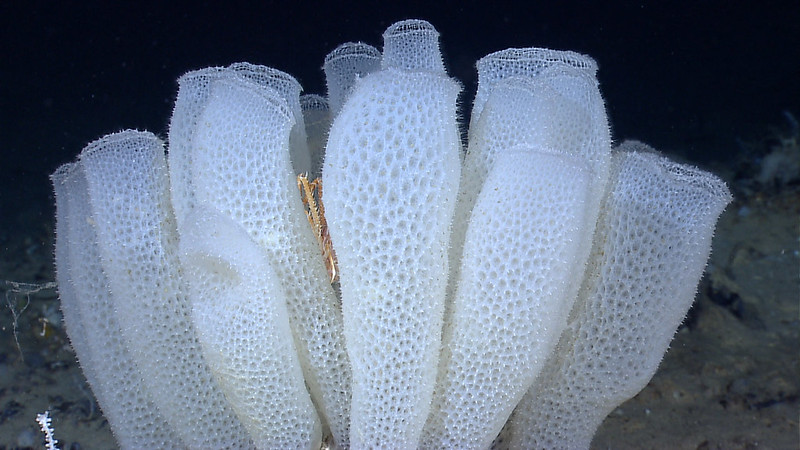How the structure of a deep sea sponge is inspiring construction design of the future

A group of international researchers has shown that the unique skeletal structure of a deep-sea sponge can inspire the design of future skyscrapers.
In an article published in Nature today, researchers show that the sponge, which lives in the hostile environment of the deepest oceans, has a unique latticework of holes and ridges that explain how it flourishes in conditions of extreme physical stress.
Dr Giovanni Polverino, from The University of Western Australia’s Centre for Evolutionary Biology, co-authored the article with researchers from Harvard University, Tor Vergata University of Rome, New York University, University of Tuscia and the Italian Institute of Technology.
The researchers said the unique structure of the Venus flower basket sponge (E. aspergillum) could lead to more advanced designs for buildings, bridges, marine vehicles and aircraft.
“Because the Venus flower basket sponge lives on the ocean floor, its skeleton has adapted to survive in an environment with very high water pressure,” Dr Polverino said.
“The sponge’s structure resembles a delicate glass vase, woven from a fine mesh, and this allows it to survive and respond safely to strong water flow.”
Understanding the sponge’s geometry will have important implications for how we design structures that need to withstand air or water pressure – whether that’s high-rise buildings, aeroplanes or ships.
Read more at The University of WA
